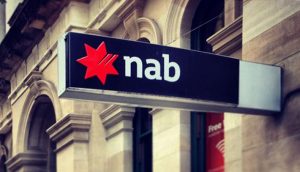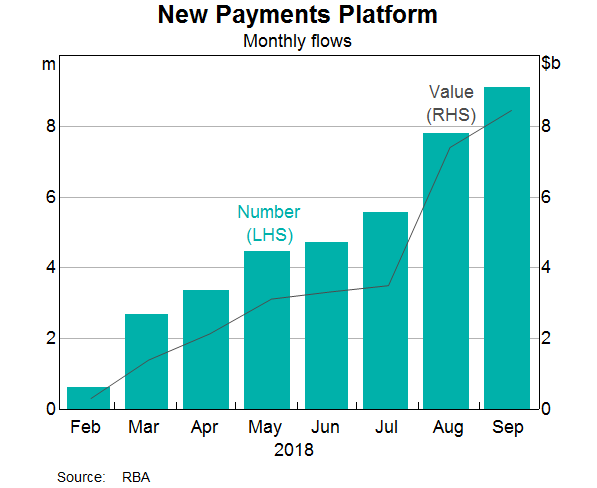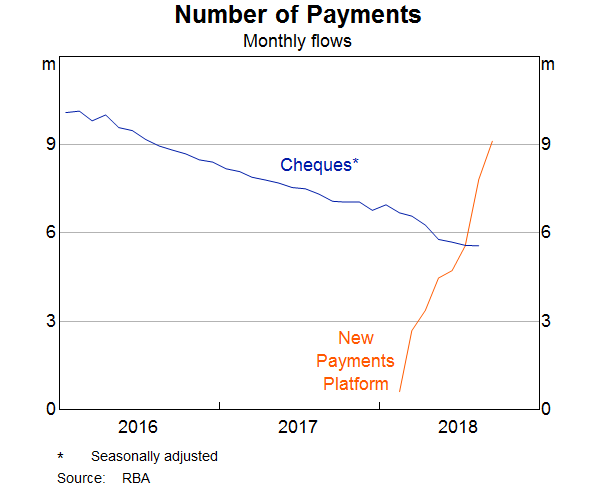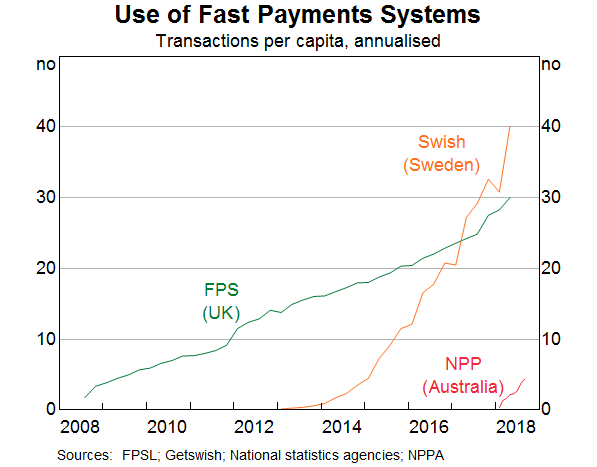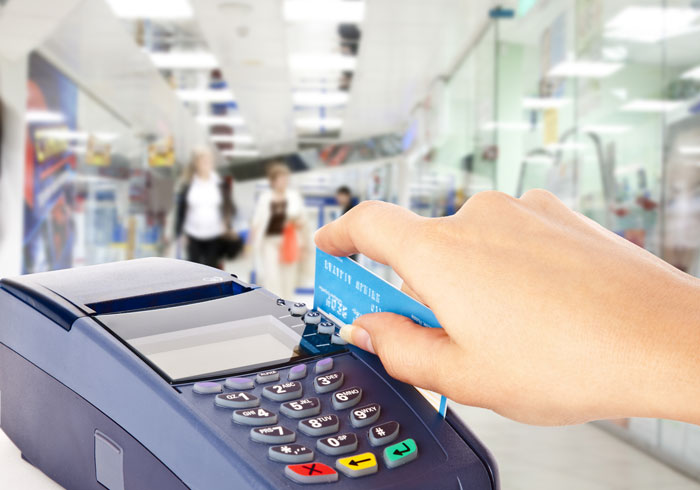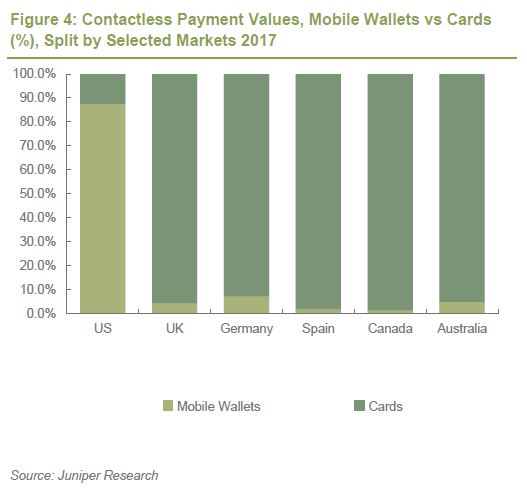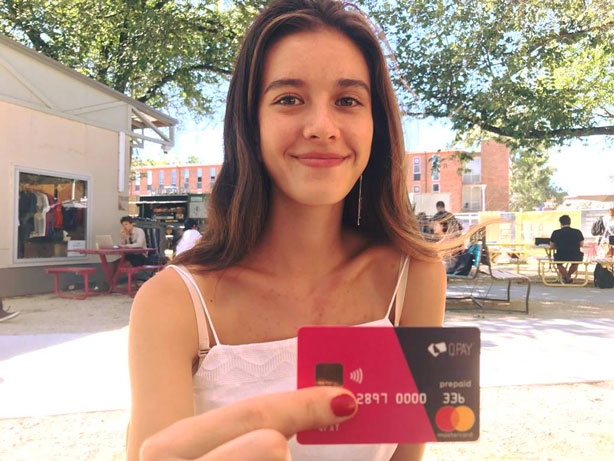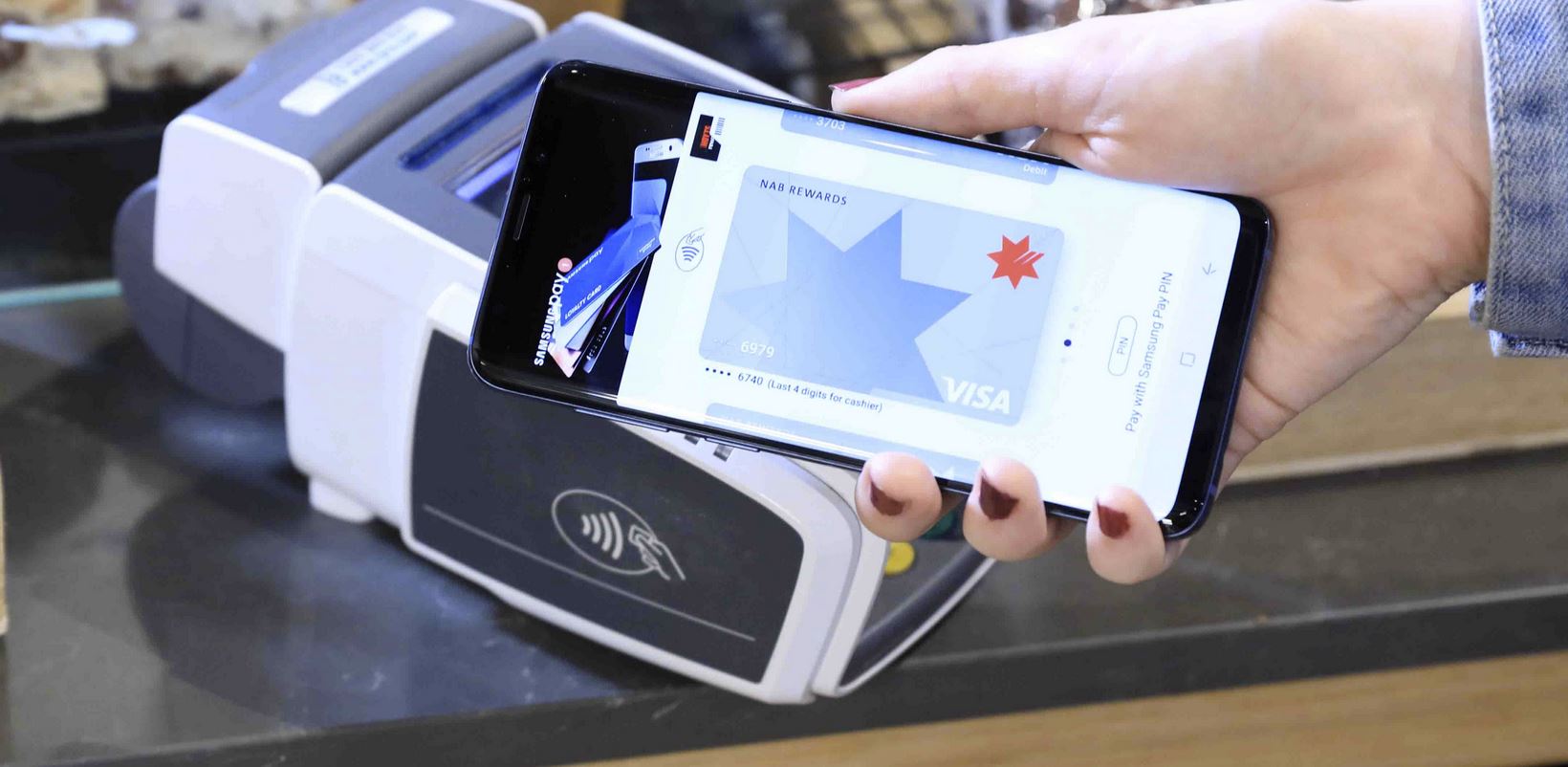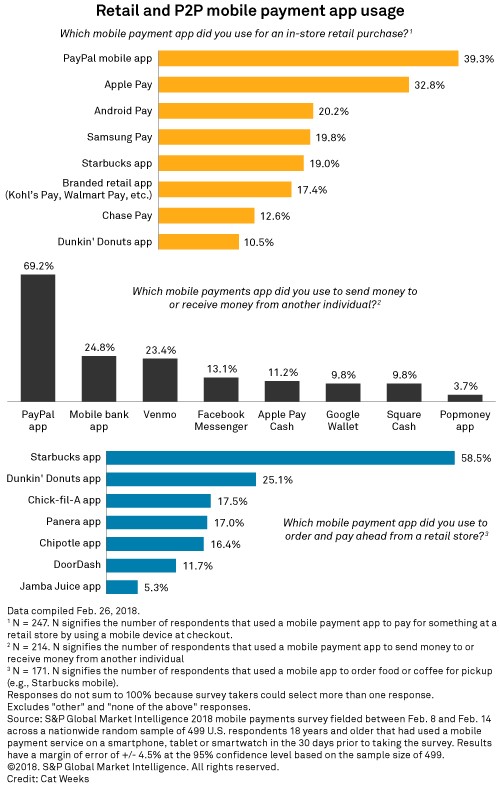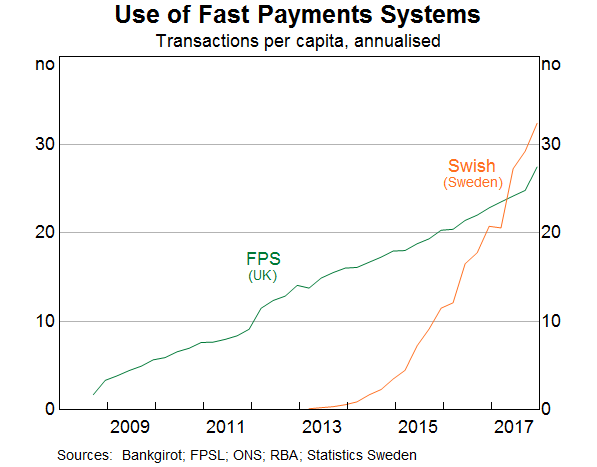National Australia Bank is rolling out Chinese QR code payment method Alipay across the country, with the bank to offer it to its Australian business customers from 2019.
NAB featured an article on this earlier in the year:
Is Alipay open to Australian shoppers?
You need to have a Chinese passport to set up an account with Alipay for making purchases, so using Alipay as a payment method won’t be possible for most Australians. Our strategy is to grow acceptance of Alipay among Australian merchants so Chinese consumers have a payment method that’s familiar to them, whether they’re migrants, tourists or students. This benefits local businesses, putting them in a better position to attract Chinese consumers. It’s important to remember that Alipay is not a competitor to banks in Australia; we’re a partner.
What kind of take-up is Alipay seeing in Australia and what kinds of businesses are using it?
Alipay is the preferred payment method for Chinese people visiting Australia. We partner with close to 10,000 merchants nationwide and the take-up is growing significantly. The types of Australian businesses using Alipay tend to be retailers, including those located in Chinatowns as well as prominent tourism locations like Sydney’s The Rocks and Melbourne’s Federation Square.
Alipay lets shoppers scan QR codes with their phones to simplify mobile payments. What’s the potential for QR code payments to take off in Australia?
QR codes are increasingly a popular part of the payment process in China. For example, people scan QR codes to do everything from making donations to street musicians to controlling the temperature in hotel rooms. Alibaba’s Hema supermarkets throughout China have, for example, been developed to help bridge the gap between online and offline retail: all goods in Hema supermarkets feature QR codes. The codes aren’t just about payments, either; customers can scan the QR codes to learn more about the product. Alibaba is on a big growth drive there – this year, the number of Hema stores in Beijing will grow from five to 35.
How can Alibaba help Australian businesses looking to make headway in China?
Australia is already the third highest selling country into China on Alibaba’s Tmall Global online retail platform, with Australian brands such as Swisse and Bio Island among the most successful merchants on the platform globally. With more than 1,300 Australian brands selling on Tmall Global, many of which entered China for the first time through our platform, Alibaba remains central to their China strategy.
However, Alibaba doesn’t just offer an ecommerce platform. Our vision is to build the entire operating infrastructure to allow businesses to expand globally. In Australia, we launched our cloud computing arm Alibaba Cloud in 2016, while a growing number of merchants are offering Alipay. Longer-term, we’re planning to bring the full benefits of the Alibaba ecosystem to our partners and merchants across Australia.
And this on their announcement:
Enterprises with a NAB merchant terminal will be able to offer Chinese travellers Alipay in-store, along with access to promoting their businesses on Alipay’s marketing platform, which now holds 870 million active users.
Shane Conway, executive general manager of deposit and transaction services at NAB said that more than 1 million Chinese tourists visit Australia each year, spending more than $11 billion.
“By making China’s number one payment method available to NAB business customers, we’re enabling greater customer service and providing our business customers with access to this large tourism sector which is a win-win for everyone,” Mr Conway said.
“We’re beginning pilot testing with a small group of business merchant customers in November, before making the payment system available to all merchants through existing point-of-sale terminals in early 2019.”
George Lawson, country manager of Australia and New Zealand at Alipay said he is delighted to partner with NAB to help their business customers across the country connect to the expanding number of Chinese tourists.
“China is now Australia’s largest tourism market accounting for 81 per cent of the growth in tourism spend in Australia in the last 12 months. Enabling seamless payments with Alipay represents a significant commercial opportunity for Australian businesses,” said Mr Lawson.
He said the deal provides tens of thousands of merchants the ability to switch-on Alipay seamlessly and reduce friction at the point of sale for Chinese visitors, residents and students.
“Beyond facilitating transactions, Alipay’s marketing platform drives incremental customers and revenue as it offers the best exchange rates and reduces the anxieties associated with using a foreign currency,” Mr Lawson said.
“We expect this deal will give NAB a significant advantage among business owners wanting to capitalise on the China opportunity.”

